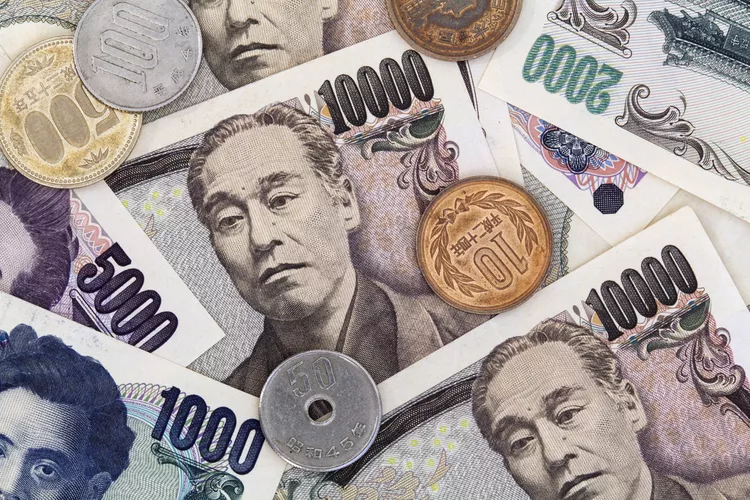1. Overview of Cash Transactions in Japan
2. Understanding the Yen
3. Coins in Japan
4. Bills in Japan
5. Essential Money Tips for Travelers to Japan
6. Average Costs in Japan
In 1871—the same year that the Japanese mint was founded in Osaka—the Meiji government officially adopted the yen as Japan’s currency, and since then the yen has remained its primary form of money. The yen is the third most traded currency in the foreign exchange market after the United States dollar and the euro.
The Yen
The yen, which means “round object” or “circle” in Japanese, comes in four denominations of bills while coins come in six denominations.

Coins
Coins were first minted in 1870. They feature images such as flowers, trees, temples, and rice. Unlike many coins worldwide, Japanese coins are stamped with the year of the current emperor’s reign rather than a year based on the Gregorian calendar. Coins have been made of nickel, cupro-nickel, bronze, brass, and aluminum. The one yen coin, made entirely of aluminum, can float on water.

Bills
Bills come in 10,000 yen, 5,000 yen, 2,000 yen, and 1,000 yen quantities while coins come in 500 yen, 100 yen, 50 yen, 10 yen, 5 yen, and 1 yen. All bills and coins are different sizes, with larger amounts correlating to larger sizes. Banknotes were first made in 1872, two years after coins were first minted. They feature images of Mount Fuji, Lake Motosu, flowers, and many animals such as lions, horses, chickens, and mice. Japanese bank notes are some of the world’s most difficult bills to counterfeit.
If you are planning to travel to Japan, it is crucial to understand the basics of the Japanese yen. Knowledge of the currency will significantly enhance your experience when paying for meals, accommodations, shopping in the bustling commercial districts, or even paying for services in Japan’s many cities.

Money Tips for Travelers to Japan
In Japan, traveler’s checks and some foreign currencies can be used at most large hotels and duty-free shops; however, most businesses primarily accept the yen. A growing number of establishments, including shops, hotels, and restaurants, now accept credit cards. With a weaker yen, easing of visa requirements, and the recent Tokyo Olympic and Paralympic Games drawing more tourists, more places are likely to start accepting credit cards.
Regardless of whether you carry a credit card, it is essential to have some local currency. For the best exchange rates, consider exchanging your money at airports, post offices, or authorized foreign exchange banks before starting your Japanese adventure.
Cash is indispensable when traveling to smaller cities and rural areas. It’s preferred to use cash for small purchases. Thus, having smaller denominations is advisable for taxis, tourist attractions, small restaurants, and shops. Coins are particularly useful for travel lockers, public transportation, and vending machines.
It is important not to rely on ATMs while in Japan. Many Japanese ATMs do not accept foreign cards and may also be closed at night or during weekends. Fortunately, ATMs that accommodate foreign cards can generally be found in 7-Eleven stores, airports, post offices, or other international establishments. Additionally, IC “integrated circuit” cards, which are prepaid transportation cards, can have value added to them. These cards are convenient for fares, lockers, and vending machines.

Average Costs
The yen’s value fluctuates similarly to the dollar. To provide a perspective on dining costs in Japan, a bowl of ramen can be purchased for approximately 500 to 1,000 yen, while a dinner might set you back around 3,000 yen. Public transportation, such as a subway ride, costs about 200 yen, and an average taxi ride is around 700 yen. Renting a bike for a day typically costs about 1,500 yen, while entrance fees to museums and attractions range between 300 to 1,000 yen per person.





